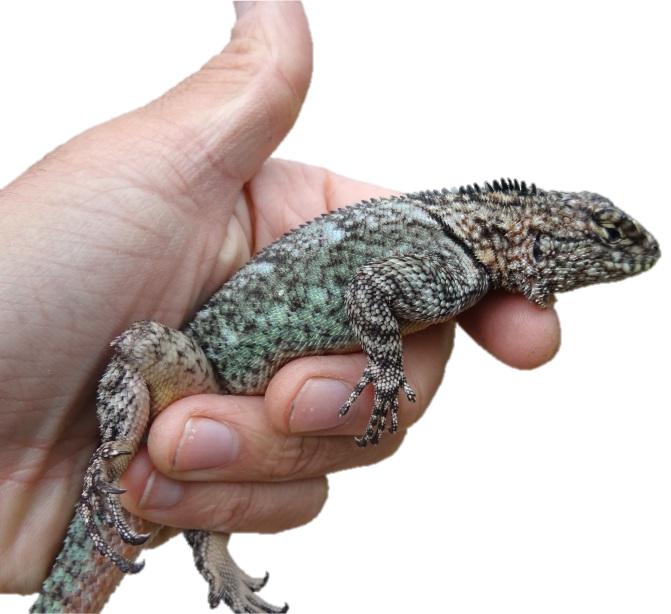Nicolás Pelegrin
Other projects
4 Jan 2016
Measuring the Impact of Recreational Hunting on Chaco Reptiles in Argentina. Are Educational Activities Helpful Actions to Reduce the Killings?
The objectives of our project are to increase the knowledge on distribution, diversity and abundance of Chaco reptiles; and actively promote a positive change in the people’s perception about reptiles.

Tropidurus spinulosus.
One of the main components of Chaco fauna are reptiles. Diversity of Chaco reptiles is probably underestimated due to the paucity of samplings and the lack of studies evaluating species abundance. Nowadays, more than 80% of the original native Chaco forests were lost in Córdoba, Argentina, at annual deforestation rates higher than the world mean rate. Along with their important role in ecosystem, reptiles are also important components of human life, especially in small towns and villages were contact between people and reptiles is closer. Reptiles are usually killed because of their “unfriendly” appearance or because of confounding venomous and non-venomous species; and also are hunted for pet trade. Lack of knowledge about reptiles’ biology and distribution is a problem that extends beyond citizens, and reaches government, influencing decision and policy makers. Increasing our knowledge on reptiles’ diversity and distribution will allow us not only to evaluate their conservation status more accurately, but also to understand their relation with environmental variables. Promoting a change in citizens’ perception of reptiles can play a crucial role in conservation at small scales, increasing our chances to protect these threatened animals in the threatened ecoregion where they live.
Thus, we aim to generate two kind of information:
a) scientific standardized data on richness, composition, relative abundance, and relation of reptiles with environmental variables at Chaco localities,
b) Educational material targeted to scholars and citizens of small towns around sampled localities.
The scientific information gathered in this study will substantially improve our knowledge on Chaco biodiversity at ecoregional scale, leading to a significant and concrete contribution to the conservation of Chaco in general, and of Chaco reptiles in particular. Increasing the number of sampled localities will allow the identification of priority areas for conservation, by identifying endemicity and diversity areas. Moreover, to improve the popular knowledge on reptiles, (e.g. the role of reptiles in pest control, recognition of venomous snakes, procedures in case of snake bites, etc.) is expected to relief the pressure on reptiles at small urban/rural towns and villages, to decrease the incidence of bad practices in case of accidents, and to increase the chances of surviving accidents with venomous snakes. Rural areas within Chaco have very low population densities, with limited access to education and medical attention. In those areas, rural schools and medical units concentrate people in a regional scale, so these will be targeted for educational practices.